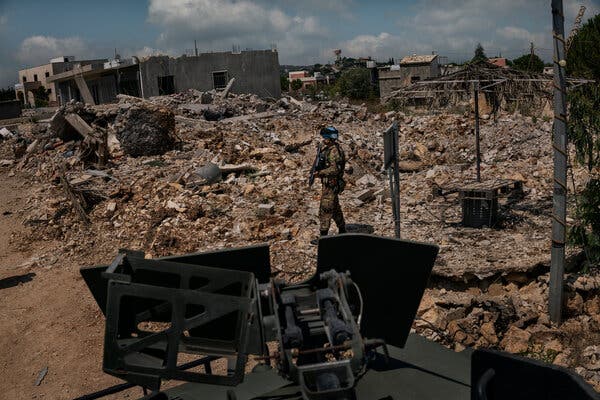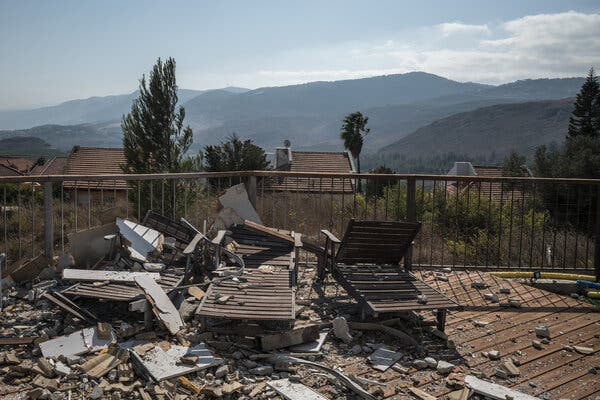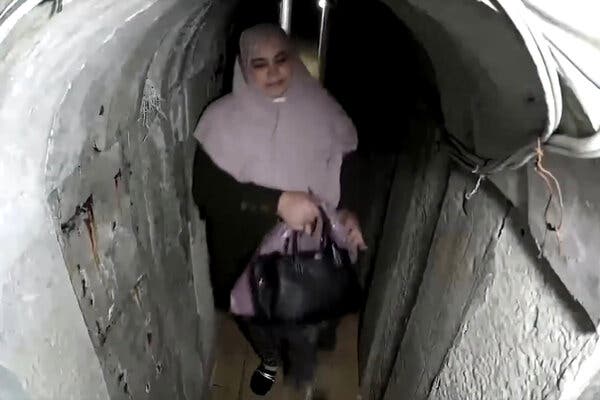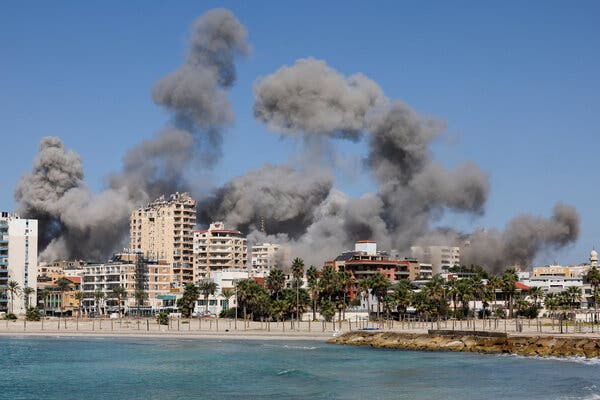Israel says it aims to cripple Hezbollah’s forces in an area of southern Lebanon that the armed group controls, and where it has built tunnels into Israel.

Israel and Hezbollah have fought wars before, most recently in 2006, a monthlong conflict that ended with a United Nations cease-fire resolution calling on both sides to retreat from a 20-mile buffer zone in southern Lebanon along Israel’s northern border.
But Hezbollah never withdrew from the region, and Israeli troops crossed into the area late Monday in what the Israeli military called a “limited” operation.
Here is why Israel said it has sent ground forces into Lebanon:
What is Israel’s goal?
The invasion, which the Israeli military confirmed early Tuesday, is aimed at crippling Hezbollah’s forces and infrastructure in an area of southern Lebanon that the armed group controls, and where it has been known to build underground tunnels leading into Israel.
The incursion comes after two weeks of intensive Israeli airstrikes and attacks involving exploding pagers and radios against the Iranian-backed Lebanese armed group. Israeli officials said the assaults were intended in part to eliminate the group’s leadership; an airstrike on Friday killed Hezbollah’s leader, Hassan Nasrallah. But officials had also suggested the attacks could thwart the need for a ground invasion.
Why is Israel targeting southern Lebanon?
Southern Lebanon is a rugged area, filled with steep valleys in which defenders can easily ambush an invading army, a factor that may have shaped Israeli military planning. The tough terrain has historically helped factions in the region defend themselves, and Hezbollah has used the geography to its advantage in past wars with Israel.
Israeli military leaders conducted months of preparatory drills for troops who could be sent to fight in the region, exercises they announced throughout the summer and into the fall.



